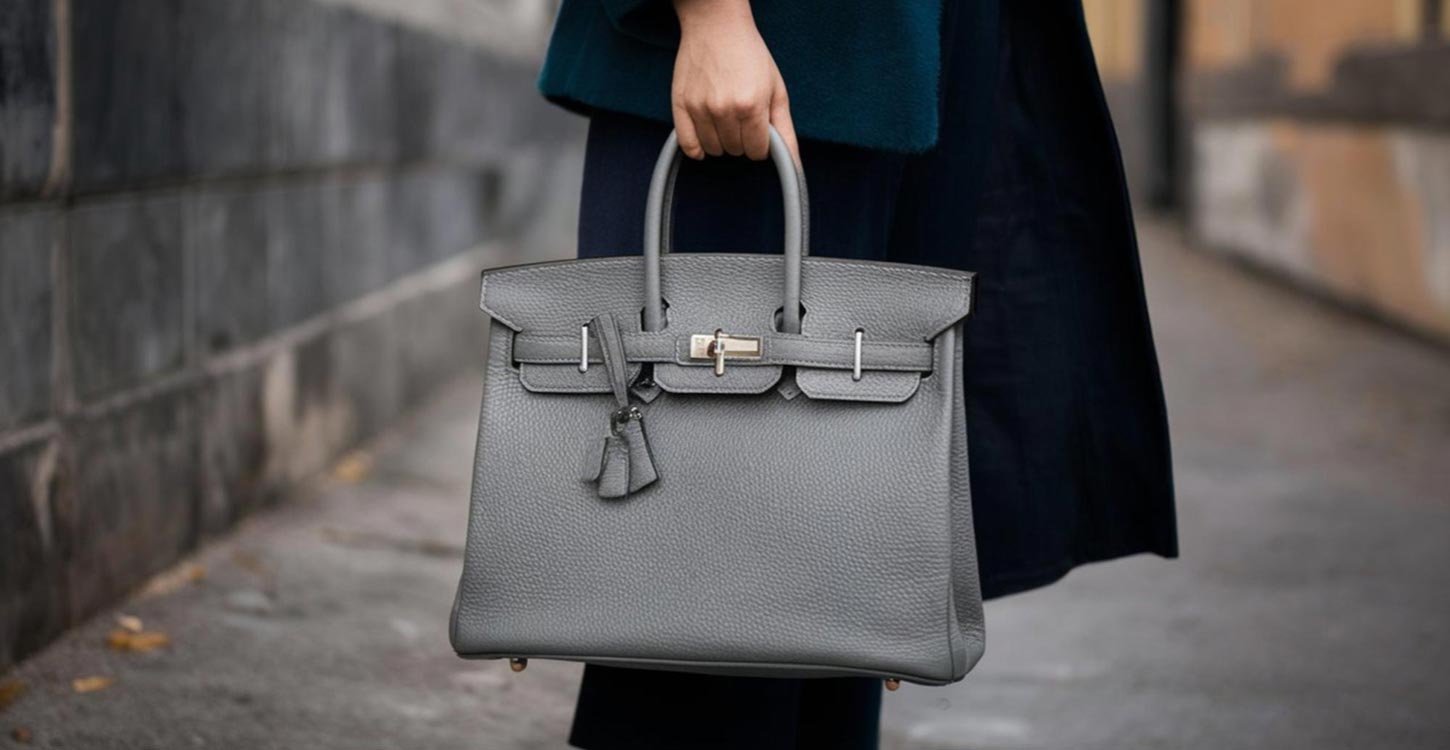Hype around the rising gold price has been difficult to miss, but it is vital that investors understand the key drivers dictating its prospects – along with how much, when and how they might effectively invest.
In early August, the price of gold smashed through $2,000 an ounce for the first time ever. It may now have fallen slightly below that level, but gold fever continues, promising further gains. The main factors fuelling this price surge are two-fold, the first being a “flight to safety” amid the unprecedented uncertainty surrounding the global economy and volatile markets. The precious metal has a millennia-honoured status as a safe haven store of value due to its scarcity and multifaceted appeal for a variety of uses as well as for jewellery.
The second is the hunt for yield, or the rather lack of it from traditional sources. Interest rates are on the floor – and perhaps even negative going forward – and many governments are similarly almost charging investors for the privilege of holding their paper long term. Add in weakening major currencies (especially the US dollar) and the fact that gold has no yield becomes less of a downside.
Many now see serious inflation as inevitable in the years to come as a result of governments turning on the quantitative easing hoses to an astonishing degree. While the “printing” of new money can erode its value dramatically, there is only a finite amount of gold. Continued geopolitical tensions complete a picture that is turning even previously very conservative investors into enthusiasts and pushing several countries to put reserves into gold rather than the dollar.
Is now a good time to buy?
Analysts see gold continuing to surge; in fact, if investor sentiment is anything to go by, it could surge over $2,500 by the end of 2020 (DIY investors recently surveyed by BullionVault expected the price to go up another 30% this year). The fact remains, however, that we last saw prices this high back in 2011 off the back of a multi-year climb and we could be looking at a shorter-term high than some investors are banking on.
Analysts see gold continuing to surge; in fact, if investor sentiment is anything to go by, it could surge over $2,500 by the end of 2020
Buying stocks, gold or any other asset at a high is a classic mistake DIY investors often make, when of course the name of the game is to get on the lows and hold on for longer-term growth. Much depends on your time horizon and risk appetite, since there is a world of difference between short-term speculation and longer-term investing.
How much to invest?
Being a commodity, gold is what is know as an “alternative” investment, these being investments other than the “traditional” portfolio-builders of stocks, bonds and cash. As you may suppose, alternatives do tend to represent higher potential for returns, but also for risks – not least because they are very much more esoteric. Investors must understand a plethora of ever-changing factors including geopolitics, currency movements, interest rates and inflation, jewellery demand and the state of the gold mining sector to properly asses the precious metal’s prospects.
For safety experts would usually advise allocating only around a 10-20% your investments to alternatives unless you are ultra-wealthy or have highly specific investment requirements
Alternatives certainly can play a very useful role in your portfolio, increasing diversification and – potentially – helping to ramp up returns. However, for safety experts would usually advise allocating only around a 10-20% your investments to alternatives unless you are ultra-wealthy or have highly specific investment requirements. Speaking to an adviser is always essential before making any serious investment decisions, but particularly for the more exotic asset classes.

Top Tip
There is a world of difference between a small-scale “punt” and sinking a serious amount of your wealth into one asset class – particularly when that is an alternative. Explore, certainly, but don’t be seduced by talk of phenomenal returns before talking to an expert about the totality of your investments. We can arrange a consultation that will cost you nothing, but could save you a very great deal.

Lee Goggin
Co-Founder
How to invest?
Buying physical gold bars is an impractical option for most people. What most of us would think of as a bar would cost several hundred thousand pounds and the investor would need to pay substantial storage costs to keep it safe. Smaller bars and ingots are more accessible, but the same security issues apply – along with a big headache when it comes time to sell. It is possible to buy parts of gold bars, but investors must again be mindful of costs and liquidity issues (how fast an investment may be turned back into cash).
For everyday investors, gold exchange-traded funds which track the metal’s price can be a sound and relatively inexpensive option, although there are complexities around the underlying instruments and/or whether the ETF is “physically-backed” with actual gold to take into account. Another option is to play the goldrush obliquely by investing in gold mining stocks, although the share prices of these companies are far from in lock-step with the actual material.
Fools’ gold or solid investment
When it comes to the investment case for gold, there is certainly a lot to be said on both sides. Like Bitcoin and other cryptocurrencies, its burgeoning popularity is part of a search for alternative safe haven assets and strong returns; likewise, the figures in circulation are compelling, but shouldn’t distract investors from downside risks.
There is an abundance of hype about gold, cryptocurrencies and more currently (often from interested parties, it should be said). That’s not to say there isn’t potential to be considered, but rather that the utmost care should be applied to any portfolio changes in these unprecedented times.
When it comes to populating your portfolio, the investment universe is large and full of complexities it can be difficult for non-sector experts to fully grasp. This is why wealth management institutions have legions of specialists in every asset class (and sub-asset class) helping their investment managers make the right calls for clients
When it comes to populating your portfolio, the investment universe is large and full of complexities it can be difficult for non-sector experts to fully grasp. This is why wealth management institutions have legions of specialists in every asset class (and sub-asset class) helping their investment managers make the right calls for clients. You really need the benefit of institutional-grade expertise to stand behind every investment decision made. That has always been true, but is now more so than ever.
By all means consider joining the 2020 goldrush if that fits your financial objectives. Just make sure you discuss your current asset allocation and risk exposures with a professional adviser first. You can arrange a no-obligation discussion today to decide if now is a golden opportunity for you.





